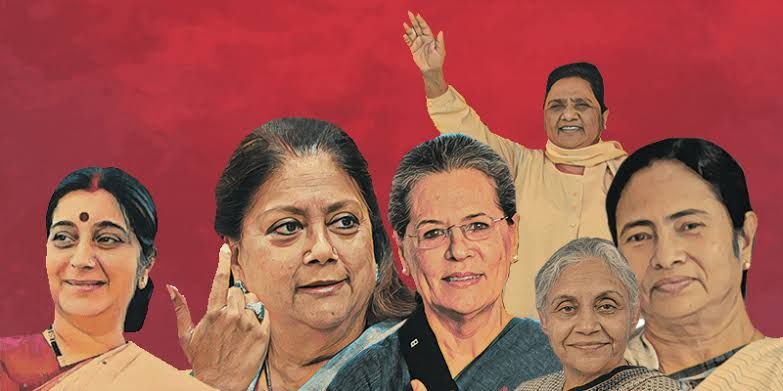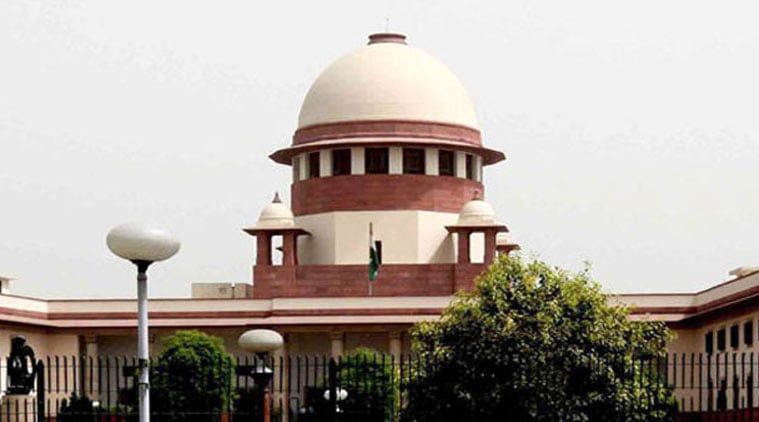SPECIAL CATEGORY STATUS: A GLOOM OR A RAY OF HOPE
Author:- Karishma Moral, Student at LC- 2, Faculty of Law, University of Delhi
ABSTRACT
From 1969 till the present time, many resolutions have been passed and abolished by the cabinets of different states to grant and take away the title of ‘Special Category Status’. What makes this title actually special is the talk of concern. Does it really mean special by aiding the state functioning or merely portrays as a disability of a state to act normal? This article presents the reasoning for the theme provided by the historical background, evolution, coverage and role of the Finance Commission in fulfilling the special grants to the state through the given title. This article also throws light on the difference between ‘Special status’ and ‘Special category status’ which generates in the balcony of the reader’s mind.
INTRODUCTION
Why does a need for special recognition arise in a state? For obvious two reasons either a state is at a disadvantageous position or is self-sufficient which entails it being in a special category. Constitutionally speaking the Indian constitution does not provide any of its articles about entitling the state under such a special category. The special category status finds its origin in the 5th Finance Commission in 1969 the Commission sought to opt for giving privileged treatment to these states in various forms ranging from getting central funds via Article 275 of the Indian constitution and tax breaks to attract investments.
Pathway of Special category status and role of National Development Council:
Post-independence was the time when the country witnessed the peak of disparity. A mismatch at the level of geographical, social, economic and cultural development. Some states have the privilege of having better education health social and economic conditions while some states are not- privileged like the northern states, northeastern and hilly states. they displayed a lack of development and low fieldwork concerning government policies. Under such circumstances bringing the two portions of the country that are developed and non-developed on the same scale was a herculean task. The underdeveloped states with minimum resources were unable to fetch the development of the state. Analysing the situation, the Centre was left with two options: – 1. Merger of underdeveloped state with developed state. Or 2. To provide special assistance to develop the underdeveloped states.
The second option chosen by the state is the assistance from the Centre called a central plan assistance which was initiated by the national development council of the erstwhile Planning Commission Which comprises of Prime Minister union cabinet minister chief minister of all states or their representatives union territory representatives and member of Niti Aayog. The sole objective of the council is the development at equal levels amongst all the states in the country via ensuring the economic policies. The council bases its decision to give special category status on fulfilling various criteria which serves as a loophole in the state that hampers the growth of a particular state.
The Gadgil formula: essentials to come under Special category status.
1. Hilly terrain with difficult outreach.
2. State having low population density as per population census 2011 or sizeable share of tribal population.
3. Strategic location along borders with neighbouring countries.
4. Backwardness in terms of economy and infrastructure development.
5. Non-viable nature of state finances.
Based on the above parameters the allocation of central assistance for state plans is made terming it ‘Special category status allocation’. Earlier when the status didn’t have it’s traces the allocation to states was made only through scheme-based grants. Following are the two ways of access to funds in a state:
Funds/Grants through Planning Commission (erstwhile)
This grant entails three components in it. -Nominal Central Assistance, Additional Central Assistance, Special Central Assistance. The nominal central assistant favours special category status. It provides such states with 30% of the rural assistance and the remaining states get 70% of the assistance. Here these special category states get 90% grants and 10% loans whereas in normal states 30% are gained through grants and 70% through loans. In addition, the additional central assistant gives for externally aided projects and other specific project funds for externally sponsored schemes of this state.
Funds/ Grants through Finance Commission. (Article 280)
The Finance Commission while allocating funds does not distinguish between the special and non-special category status of the states. The recent acknowledgement by the 14th Finance Commission towards the Special Category status was that it proclaimed the status ceased to exist. i.e., no special Status. However, it provides to granting special assistance to states that are in line with demanding the tag of the status.
The story so far: states entitled with the tag of ‘ Special category status’.
In 1969 the title of special category status was awarded to three states Assam Nagaland and Jammu Kashmir on the parameters which were given in the Gadgil formula hilly and difficult terrain low population density sizable share of the tribal population like in the state of Assam and Nagaland a shareable population Furthermore these states border different countries like Assam bordering Bangladesh Jammu Kashmir bordering Pakistan and China. Which makes the location of these states strategically important from the perspective of national security and Sovereignty. The development of such states was not the option with the Centre but the need of the hour.
Likewise, from 1974 to 1979 the states of Himachal Pradesh Manipur Meghalaya Sikkim and Tripura were awarded the title of special category status and thereafter, in 1990 Arunachal Pradesh and Mizoram and recently Uttarakhand in 2001 was awarded the title. Seeing these states different states from different parts of the country like Bihar, Odisha Rajasthan and Goa started proclaiming their demand for the status, raising the unequal sides among the states. To this, the 14th Finance Commission discontinued awarding of such status. The Finance Commission claims to compensate it by increasing the devolution from the divisible pool to all the states from 32% to 42%. The reasoning behind such discontinuation is that the Indian constitution does not provide for any provision to award such special category status to any of these states. However, various constitutional safeguards have been awarded to various states. For instance, Article 371 under part XXI of the Indian constitution grants special provisions to 12 states.
Special category states versus special status: the point of difference
Special category status is merely A classification that the center gives to aid the development of states which face Geographical social and economic disparity. It deals with economic and financial aspects the constitution does not provide for any provision for special category status and it was done on the recommendation of the 5th finance commissioner in 1969. Whereas when it comes to special status it is guaranteed by the constitution through an act that has to be passed by a third majority in both Houses of Parliament for instance article 370 was passed by Jammu and Kashmir which used to enjoy the special status. The special status talks about legislative and political rights. Article 371,371A- 371J provides for special provisions to the states of Gujarat and Maharashtra, Nagaland, Assam, Manipur Andhra Pradesh /Telangana, Sikkim, Mizoram, Arunachal Pradesh and Karnataka. Through these safeguards development and equitable allocation of funds are made out.
Why Special category status can be seen as a ray of hope/ merits of the status:
- Higher grant of funds to these states. Centre pays 90% of the funds required in a centrally sponsored scheme whereas in other states funds between 60% -75% are provided. And the remaining funds are granted by the associated state.
- It gets concession on excise duty, which attracts industries in a state and the inflow of private investments generating employment and additional revenue for the state.
- 3.30% of the Centre’s gross budget goes to such states aiding the infrastructural development of the state.
- Tax breaks are provided to these states to attract investments
- The money left unspent during a particular financial year does not lapse and is carried to the upcoming year.
- The status acts as a connecting link between developed and undeveloped states transforming it to the paths of development. This tears away the isolation of these states and connects better with the Centre through better representations.
Why awarding the Special category status can be a gloom/demerit of the status:
1. It fuels the demands of creating new states for awarding the special category status. For instance, Andra Pradesh, Odisha and Bihar passed resolutions in their cabinet demanding Special Category Status for their states. Which significantly pushes the gap of relations between the State and the union and the state.
2. Heavy burden on the Centre for issuing such finances to the states. This leads to disruption of functioning in states concerning finances.
3. Not many states benefit the way they should because of the sole reason of scarcity of finances. This puts the state in a paradox of having a status but not getting the desired outcome.
4. Getting Special category status somewhere hampers the growth when the funds are not allocated timely and therefore the development path remains stagnant.
Conclusion
The objective of the Special category status is to fill the gap between the states that are developed and which are underdeveloped this need not necessarily be done by the allocation of a special category tag. The other way out could be to allocate more funds to the states that are in actual need of developing their states. One such 42% recommendation was given by the 14 Finance Commission which advised the Centre to raise the state share of tax receipts from 32% to 42%. Creating a conflict between Centre-state relations and protesting to and for is not the intended solution. Harmonious construction could be the possible solution. As it said by Nelson Mandela
“We must work together to ensure the equitable distribution of wealth opportunity and power in our society.”


